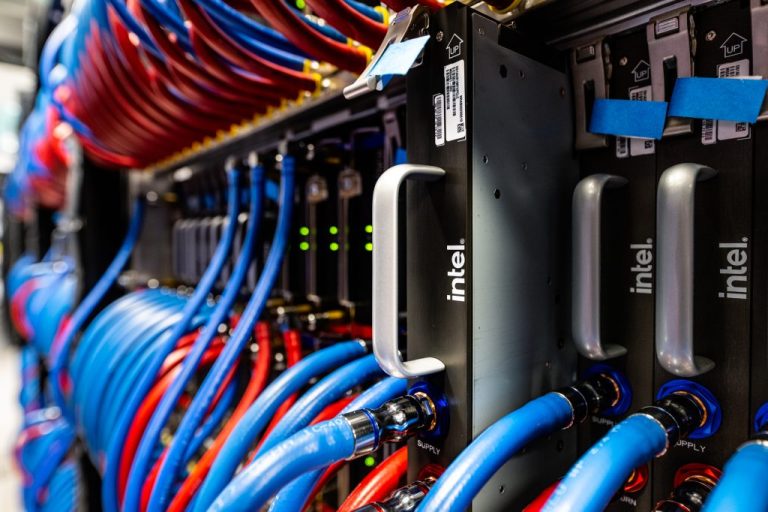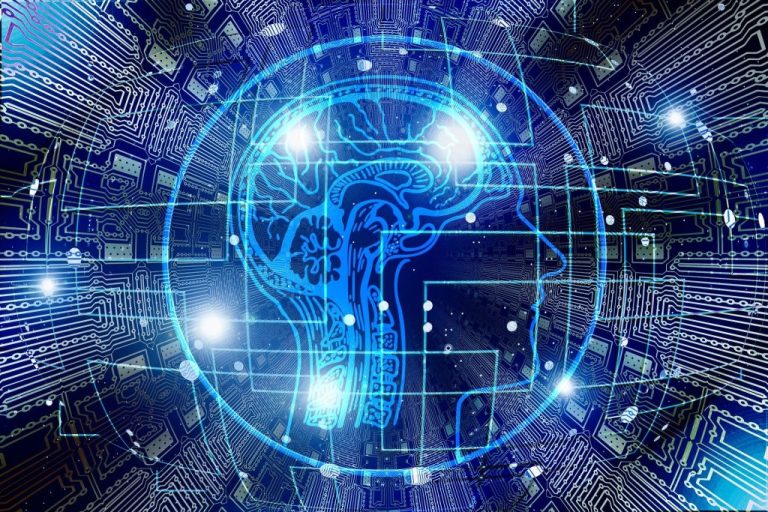Paravision Elevates Computer Vision and Facial Recognition Technology
Paravision Enhances Computer Vision and Facial Recognition
US-based Paravision has unveiled significant upgrades aimed at enhancing its computer vision and facial recognition capabilities across various platforms, including mobile, on-premise, edge, and cloud environments. “From cloud to edge, Paravision’s goal is to help our partners develop and deploy transformative solutions around face recognition and computer vision,” stated Joey Pritikin, Chief Product Officer at Paravision. The company sees great potential in unifying disparate applications with a coherent identity that connects both physical spaces and cyberspace.
A notable feature is the new Scaled Vector Search (SVS) capability, designed to serve as a powerful search tool for accurate, rapid face matching within extensive databases that may include tens of millions of identities. Paravision claims that the SVS engine can handle hundreds of transactions per second while maintaining remarkably low latencies.
Additionally, a solution named Streaming Container 5 allows for the processing of video at speeds exceeding 250 frames per second from multiple streams. This solution incorporates advanced face tracking to ensure accurate identity recognition in busy settings.
With more businesses leveraging the benefits of latency reduction and enhanced privacy through edge computing, Paravision has partnered with Teknique to develop a series of hardware and software reference designs. These collaborations facilitate the swift development of face recognition and computer vision capabilities at the edge, utilizing Teknique’s expertise in hardware, which derives its designs from Ambarella, a California-based fabless semiconductor company.
The enhancements also extend to Paravision’s Face SDK, which has been tailored for smart cameras powered by Ambarella’s CVflow chipsets. This update allows facial recognition technologies on these cameras to achieve performance of up to 40 frames per second. A new Liveness and Anti-spoofing SDK introduces additional safeguards for facial recognition systems by employing visible light, near-infrared, and depth-sensing capabilities to differentiate between live subjects and potentially deceptive images.
On the mobile front, Paravision has launched its Face SDK for Android, which encompasses features such as face detection, landmark identification, quality assessment, template creation, and both 1-to-1 and 1-to-many matching. The SDK comes with reference applications that provide UI/UX recommendations and additional tools for developers.
Moreover, Paravision has introduced its initial person-level computer vision SDK, designed to transcend basic face recognition by identifying the presence and positioning of individuals, thereby unlocking new potentials in various applications. For example, this SDK can be used for occupancy analysis, recognizing tailgating behaviors, and monitoring specific attributes of subjects.
“With Person Detection, users could determine whether employees have access to restricted areas, are equipped with safety gear like masks or hard hats, or may require assistance,” the company notes. This technology can also yield valuable business insights, such as metrics on queue times and customer flow.
With these extensive updates, Paravision is establishing itself as a leader in the AI landscape. The company is recognized as a top performer in multiple categories of NIST’s Face Recognition Vendor Test evaluations, including 1:1 verification, 1:N identification, and performance in scenarios such as paperless travel and wearing face masks.
Under his guidance, publications have received accolades from analyst firms such as Forrester for their outstanding quality and effectiveness. For further engagement, you can connect with him on X (@gadget_ry), Bluesky (@gadgetry.bsky.social), or Mastodon (@[email protected]).
NVIDIA is playing a crucial role in positioning Germany at the forefront of Europe’s AI manufacturing sector. This initiative is expected to bolster the nation’s capabilities in producing advanced AI technologies.
In another domain, the healthcare sector is witnessing significant developments through MedTech AI, which is enhancing hardware and clinical application programs aimed at improving patient outcomes.
However, the technology landscape faces challenges, exemplified by the AI execution gap, where nearly 80% of AI projects fail to transition into production. Understanding the reasons behind this discrepancy is vital for future advancements.
Meanwhile, educators in England have been authorized to integrate AI into their teaching strategies, marking a progressive step towards modernizing the classroom experience.
Join our community to receive top-tier content and the latest technology news directly to your inbox.
The Role of Machine Learning in Enhancing Cloud-Native Container Security
Machine learning is revolutionizing cloud-native container security by predicting potential threats and automating response mechanisms. With the rise of containerization, security risks have also escalated, making it imperative to adopt advanced technologies to safeguard cloud infrastructures.
Utilizing machine learning algorithms enables organizations to detect anomalies in real-time and preemptively neutralize security threats. By learning from previous incidents, these systems improve their accuracy, ensuring a robust security environment that adapts to new challenges.
Innovative Machine Learning Uses Transforming Business Applications
Across various sectors, innovative applications of machine learning are redefining business processes. From finance to logistics, companies are leveraging machine learning to enhance efficiency, reduce operational costs, and improve customer experiences.
In finance, predictive analytics powered by machine learning algorithms can forecast trends, enabling better investment decisions. Similarly, logistics firms utilize these technologies for optimizing supply chain management, resulting in significant time and cost savings.
AI and bots have recently been implicated in dubious practices, such as artificially inflating music stream counts. This has raised serious ethical questions regarding the use of technology in creative industries.
It’s essential for stakeholders in the entertainment sector to establish frameworks that prevent such misuse, ensuring technological advancements contribute to growth rather than deceit.
Outsourcing development tasks can provide substantial benefits for companies looking to expand their capabilities without the burden of hiring in-house teams. By collaborating with expert developers, businesses can access a wider skill set, while also saving on costs and time.
This strategy allows companies to remain competitive and focus on core competencies, while experienced teams handle specialized tasks, driving innovation and efficiency.
Categories
- Applications
- Companies
- Deep & Reinforcement Learning
- Enterprise
- Ethics & Society
- Industries
- Legislation & Government
- Machine Learning
- Privacy
- Research
- Robotics
- Security
- Surveillance
- Sponsored Content
Explore Other Publications
- Developer
- IoT News
- Edge Computing News
- MarketingTech
- CloudTech
- The Block
- Telecoms
- Sustainability News
- TechHQ
- TechWire Asia
Minor Outlying Islands
Countries include:
- Uganda
- Ukraine
- United Arab Emirates
- United Kingdom
- United States
- Uruguay
- Uzbekistan
- Vanuatu
- Venezuela
- Viet Nam
- Virgin Islands, British
- Virgin Islands, U.S.
- Wallis and Futuna
- Western Sahara
- Yemen
- Zambia
- Zimbabwe
- Åland Islands
Permissions
By submitting your email, you agree to our Terms and Privacy Notice.
This field is for validation purposes and should remain unchanged.







